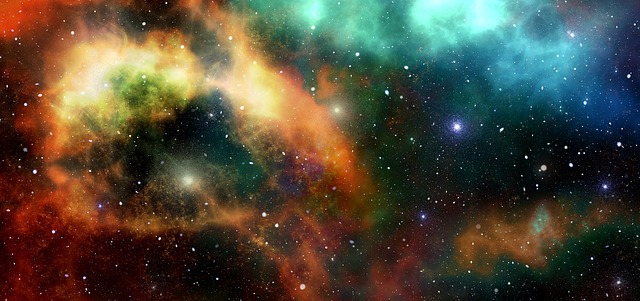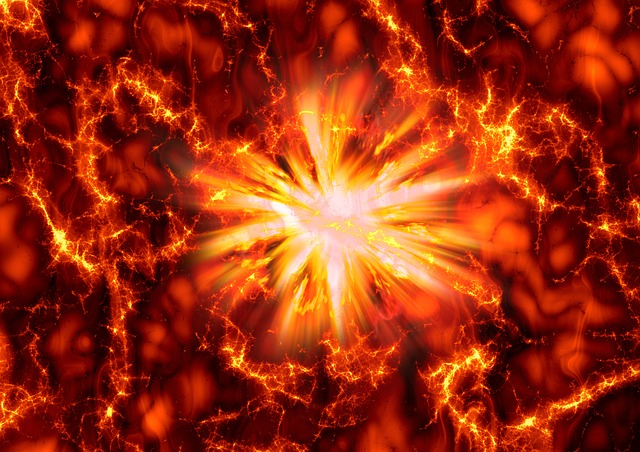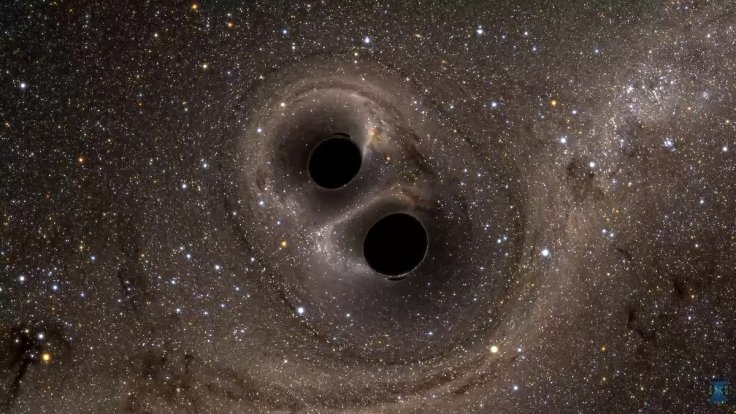
There is no doubt that whenever people will recall the names of world's most famous genius, the name of UK born Stephen Hawking will surely come first for his scientific contribution, that includes gravitational singularity theorems in the framework of general relativity, the theoretical prediction that black holes emit radiation and the theory of modern cosmology.
His love for mathematics gave him the confidence to fight against any odds and express complicated abstract thoughts.
Professor Hawking contributed enormously in the field of physics, including cosmology and here are some:
- The origins of the universe:

Universe Pixabay
The former Lucasian Professor at Cambridge attended Vatican conference in 1981 where he mentioned that there might be no boundary or beginning or ending to the universe. He developed the research in collaboration with Jim Hartle and later in 1983 they published the model known as Hartle–Hawking state.
- The Big Bang theory:

When Hawking started his graduate studies, his big bang theory triggered a huge debate on the subject around the physics community. However, while explaining it he mentioned that the theory advocates that the universe of matter and energy converged at a single point and after an explosion, the universe simply burst into an explosion that was called Big Bang.
Hawking said that it is not possible to have either space or time, before the "big bang". Space/time boundaries are artificial and human-made.
- Black Hole:

Professor Hawking said the right in the centre of the milky way, 26000 light years from earth, lies the vast cloud of gas and stars, which is a supermassive Black Hole, containing the mass of four million suns and crushed down into a single point of its own gravity.
In 1970, Hawking suggested the second law of black hole dynamics, which said the horizon of a black hole will never get smaller. Hawking showcased that information in a black hole is irretrievably lost when a black hole evaporates.
- Singularities:

Hawking and another mathematician Roger Penrose came with singularity theorem concept, where they showed that the universe might have started as a singularity. In 1970, they came up with a proof which showed that if the universe obeys the general theory of relativity and fits in any of the models of physical cosmology, then it must have started as a singularity.
- Alien life:

Initially, Hawking had a doubt on the existence of extra-terrestrial entities, as he believed that there are humanoid life forms in other galaxies. The theoretical physicist mentioned, "If aliens visit us, the outcome would be much as when Columbus landed in America, which didn't turn out well for the Native Americans." Hawking believed that the only way out to ensure the continuance of the human race is to make spacecraft, which will be capable of closed bionic systems which will support life indefinitely.
- Existence of God:

He dismissed the idea of heaven or afterlife by addressing it as a 'Fairy Story'. He also claimed that God did not create the universe, as the Big Bang was a natural event which is the main reason behind the creation of the universe.









